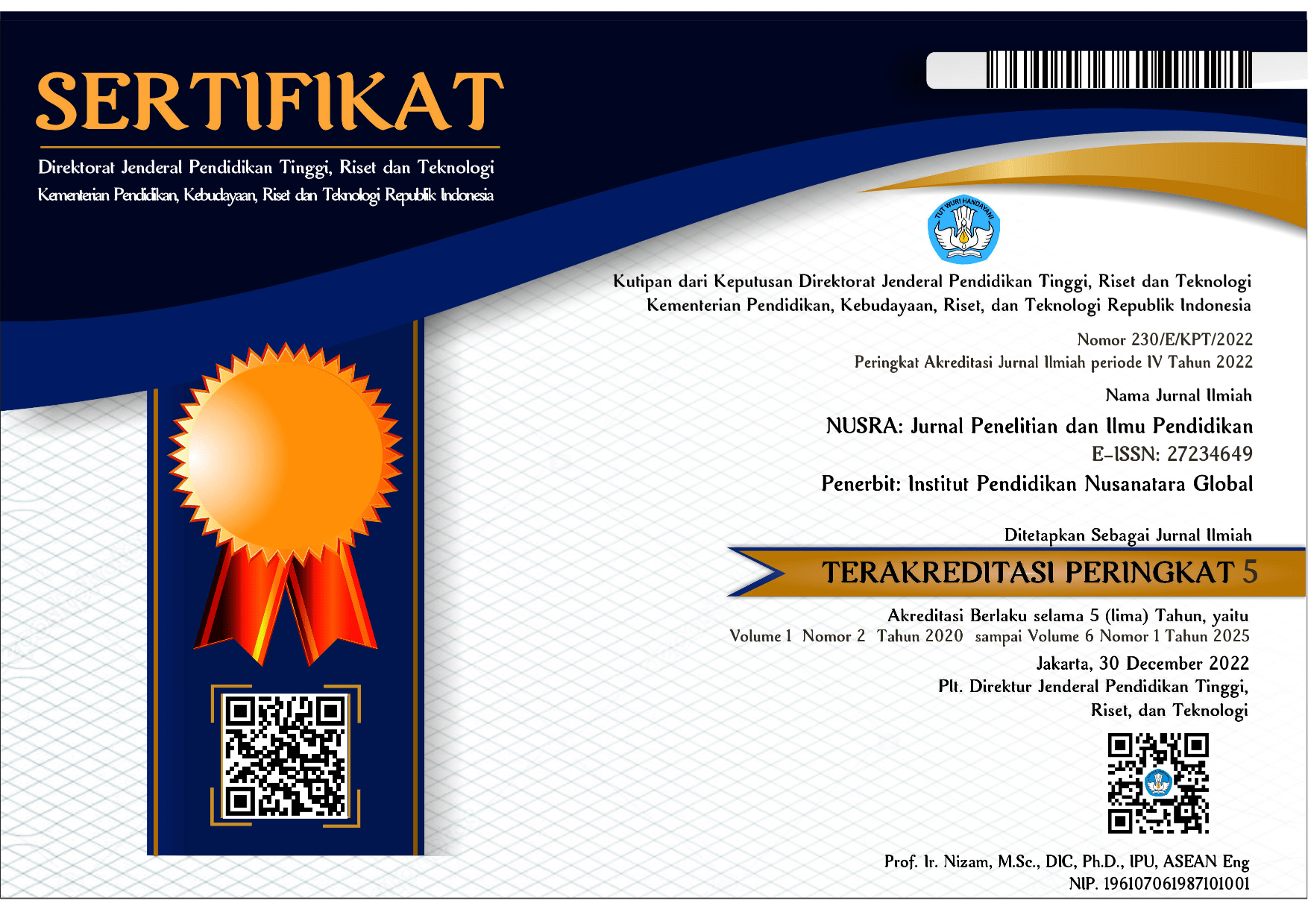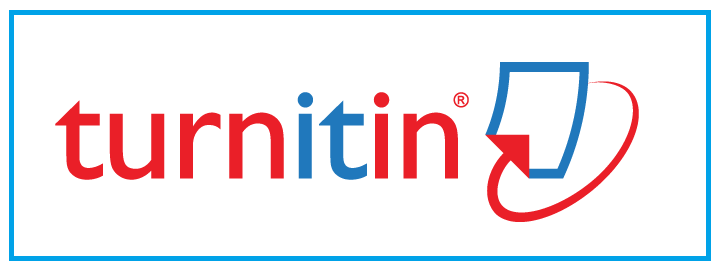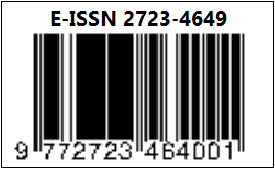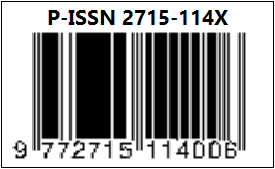Strategi Pengembangan Sumber Daya Manusia dalam Disrupsi Teknologi Informasi
DOI:
https://doi.org/10.55681/nusra.v5i1.1851Keywords:
Human Resources, Disruption, Information TechnologyAbstract
The era of globalization has had a significant impact on various aspects of life. The current era of globalization demands that everyone possesses abilities in line with the developments of the times. Massive changes caused by innovations that transform business systems and structures to a newer level are known as the Era of Disruption. The Disruption Era can also be interpreted as the period of transitioning from manual to fully digital processes. In the era of disruption, drastic changes occur that alter the human way of life in various fields. The world's shift towards digital disruption is unavoidable for every individual, especially with the impending Fourth Industrial Revolution and the move towards the 5.0 era, demanding new business skills and ways of working. One crucial aspect in facing this revolution is how to develop human resources (HR) to meet the demands of the time. This research aims to describe, analyze, and assess human resource development strategies in facing challenges in the era of information technology disruption. The research utilizes a literature review methodology with a descriptive analysis approach. The findings indicate that comprehensive and appropriate strategies for human resource development in the face of information technology disruption are not only necessary but imperative and highly essential. The research findings suggest that creative and deeply skilled human resources are crucial to ensuring the sustainability of workforce competitiveness. Knowledge and skills embedded in individuals regarding information technology development are excellent seeds that will drive innovation, productivity, and progress
Downloads
References
Adha, L. A. (2020). Digitalisasi Industri Dan Pengaruhnya Terhadap Ketenagakerjaan Dan Hubungan Kerja Di Indonesia. Journal Kompilasi Hukum, 5(2). https://doi.org/10.29303/jkh.v5i2.49
Anas. (2022). SUMBER DAYA MANUSIA INDONESIA di ERA GLOBALISASI. Jurnal Ilmiah Promis, 3(2).
Aufa Atila. (2021). Pengertian Sumber Daya Manusia dan Manajemen SDM. In jojonomic.
Bayu.M. (2016). Pengertian SDM. Universitas Katolik Darma Cendikia, 1(1), 390–392.
Dessler, G. (2017). Human Resources Management 15th Ed. Fortune, 290.
Fajriyani, D., Fauzi, A., Kurniawati, M. D., Yudo, A., Dewo, P., Fahri Baihaqi, A., Nasution, Z., & Penulis, K. (2023). Tantangan Kompetensi SDM dalam Menghadapi Era Digital (Literatur Review). 4(6). https://doi.org/10.31933/jemsi.v4i
Harianja, A. P., Sitorus, R. E., & Manurung, J. (2022). Pemanfaatan Teknologi Informasi Untuk Masuk Pada Era Disrupsi. ULEAD : Jurnal E-Pengabdian. https://doi.org/10.54367/ulead.v1i2.1692
Mahardita, H. R. (2017). Efektivitas dan Efisiensi Kerja Aparatur Sipil Negara di Sekretariat DPRD Provinsi Kalimantan Timur. EJournal Ilmu Pemerintahan, 5(1), 133–144. https://ejournal.ip.fisip-unmul.ac.id/site/wp-content/uploads/2017/02/Hayuning Rizki Mahardita (02-10-17-02-37-33).pdf
Simanjuntak, N. F. (2023). Pengaruh Pengembangan SDM dan Pendidikan Terhadap Prestasi Kerja Pegawai Pada PT. Bank Sumut Pusat Medan. Jurnal Ekonomi Bisnis Digital, 2(1). https://doi.org/10.59663/jebidi.v2i1.150
Sumantri, I., Meilani, F., & Wahyudi, A. (2019). Peningkatan Mutu Sumber Daya Manusia Di Era Disrupsi Dan Mahasiswa Sebagai Agen Perubahan 5.0. Jurnal : Manajemen Pendidikan, 1(1), 76–81.
Downloads
Published
How to Cite
Issue
Section
License
Copyright (c) 2024 Fikri Aulia Rahman, Jaelani, Yayat Suharyat

This work is licensed under a Creative Commons Attribution-ShareAlike 4.0 International License.














